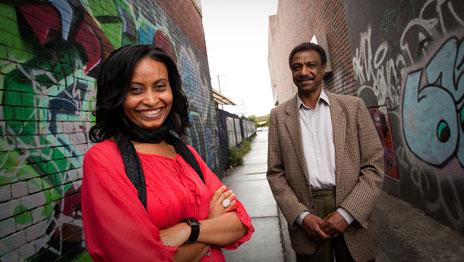
Victoria University is aiming for more female sport lecturers and researchers in leadership roles. The commitment follows the release of a new university report championing change for female academics in sports disciplines.
The VU report complements a newly released Victorian government report established to improve the participation and ratio of women and girls in leadership at all levels of sport across the state.
Associate Professor Clare Hanlon, who chaired the VU group advising on change in the University’s sport college and research institute, was also on the Victorian Government’s nine-member panel advising the state inquiry. She said all organisations need to address the representation of women as participants and leaders in sport.
“The recommendations of both reports show policies and practical strategies are required to engage and empower women in all aspects of sport – whether it’s on the playing field, in the research lab, or at the club boardroom table,” she said.
The VU report, Championing Change for Women Academics in the College of Sport and Exercise Science and ISEAL (Institute of Sport Exercise and Active Living) recommends various strategies including career development programs and mentoring to promote more women into the University’s senior teaching and research roles.
“There is great support at VU to implement strategies to enable more women to thrive, excel, lead, research and study in our flagship disciplines of sport, exercise science and active living. We now need to activate these,” she said.
Dr Hanlon said the tide is slowing turning to change the ‘blokey culture’ of sport, but collaboration with existing structures and consistently applying and pursuing practical measures was required for long-term change to occur.
The State Government’s inquiry into women and girls in sport and active recreation: A Five Year Game Plan for Victoria committed $1 million to help remove cultural and structural barriers to women and girls getting involved in sport.
It also recommended sporting associations and peak bodies be required to fill at least 40 per cent of their board positions with women or miss out on funding.
Dr Hanlon said change needed to come from the top at the University and in the wider community, which was why it was important to attract competent women into governance roles.
“Neither inquiry was aimed at changing women or how they related to sport, but instead about identifying opportunities to empower females so they can be recruited and sustained in participation and leadership in sport,” she said.
